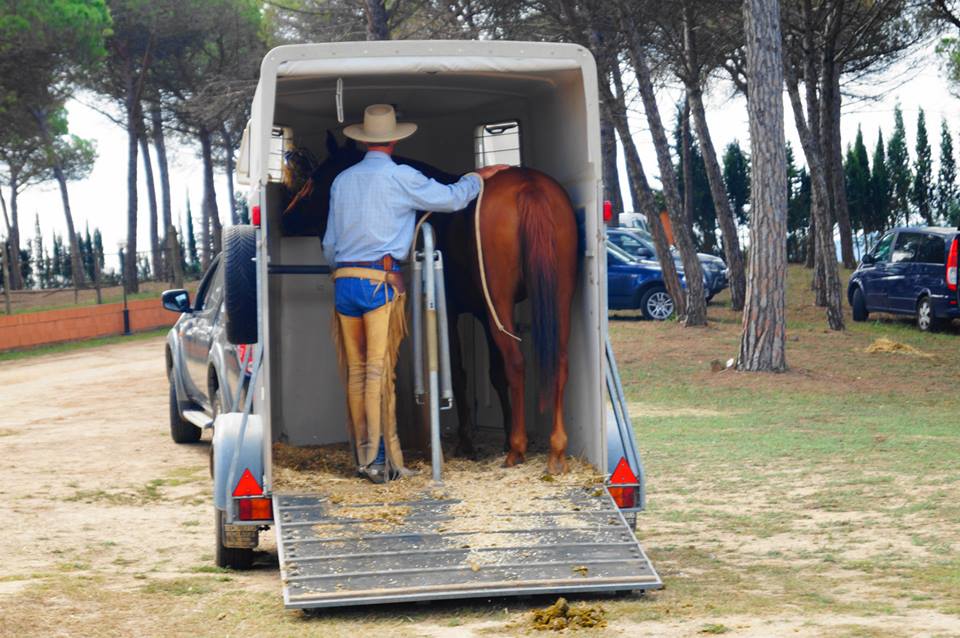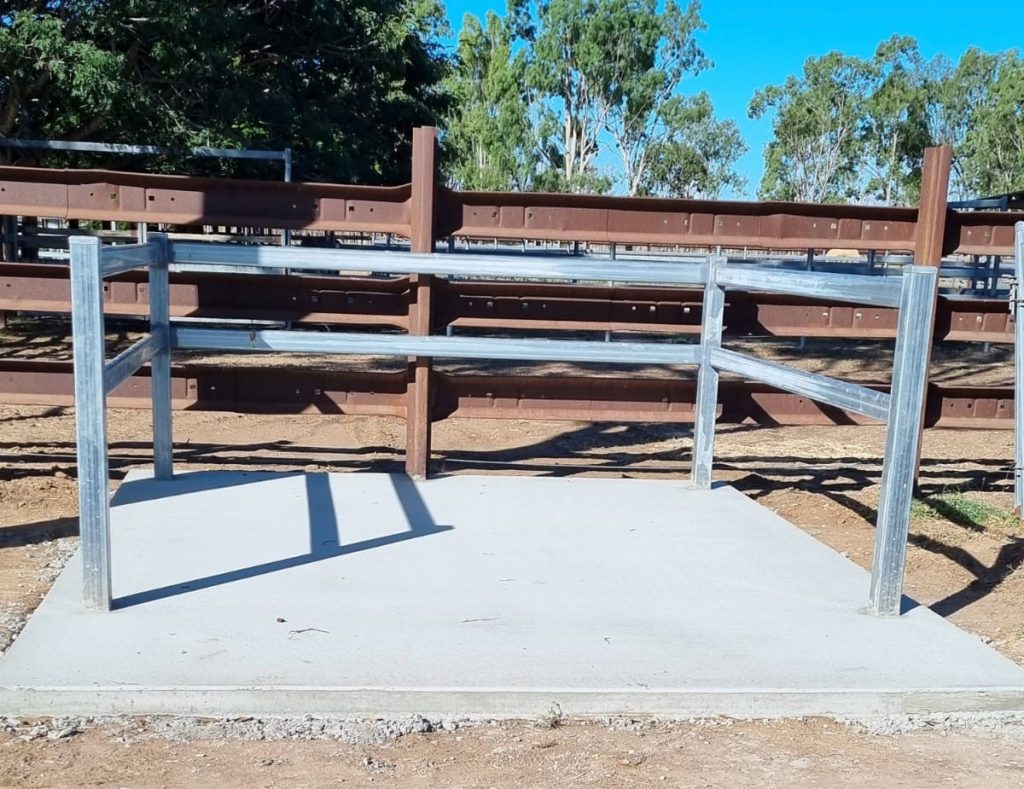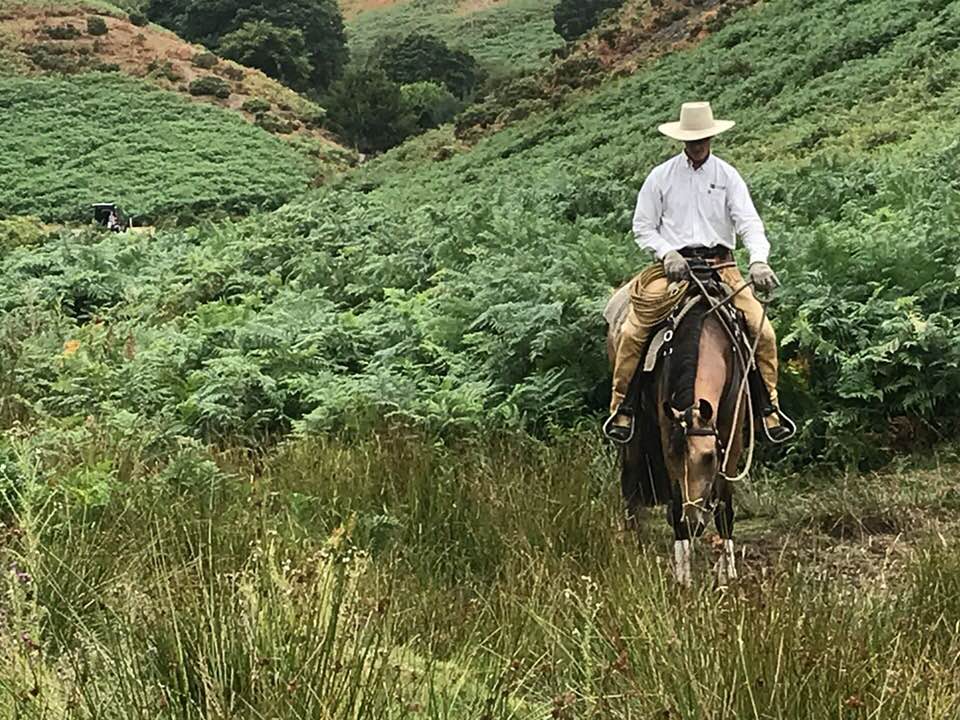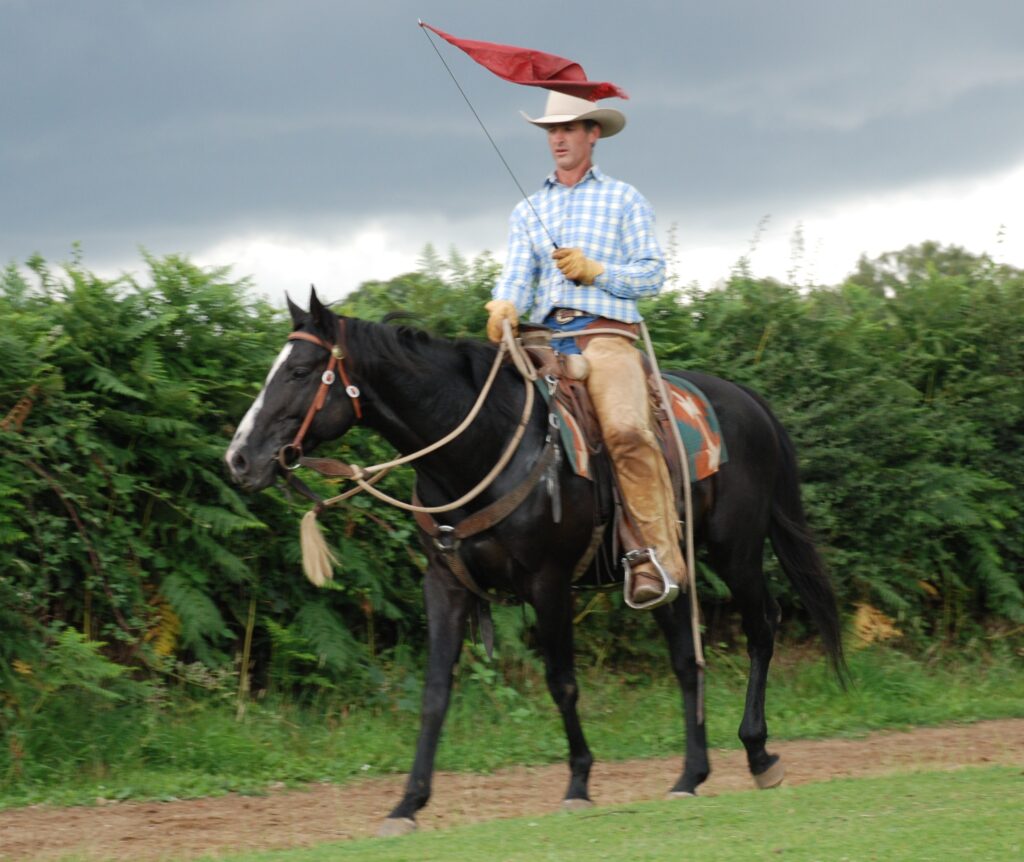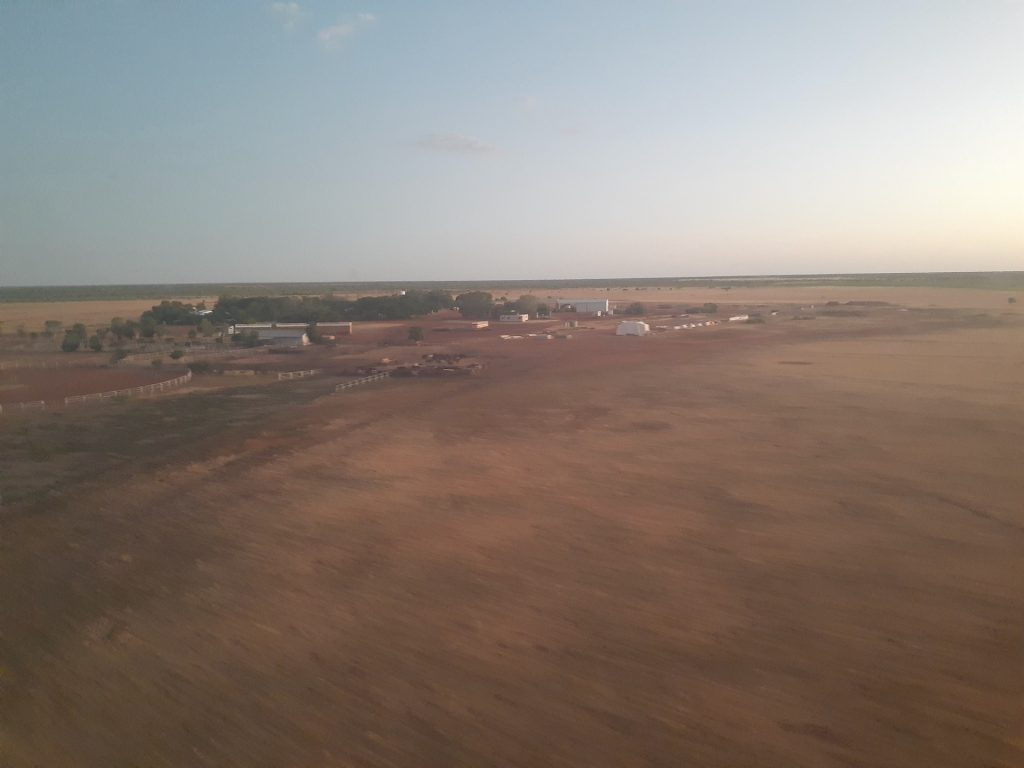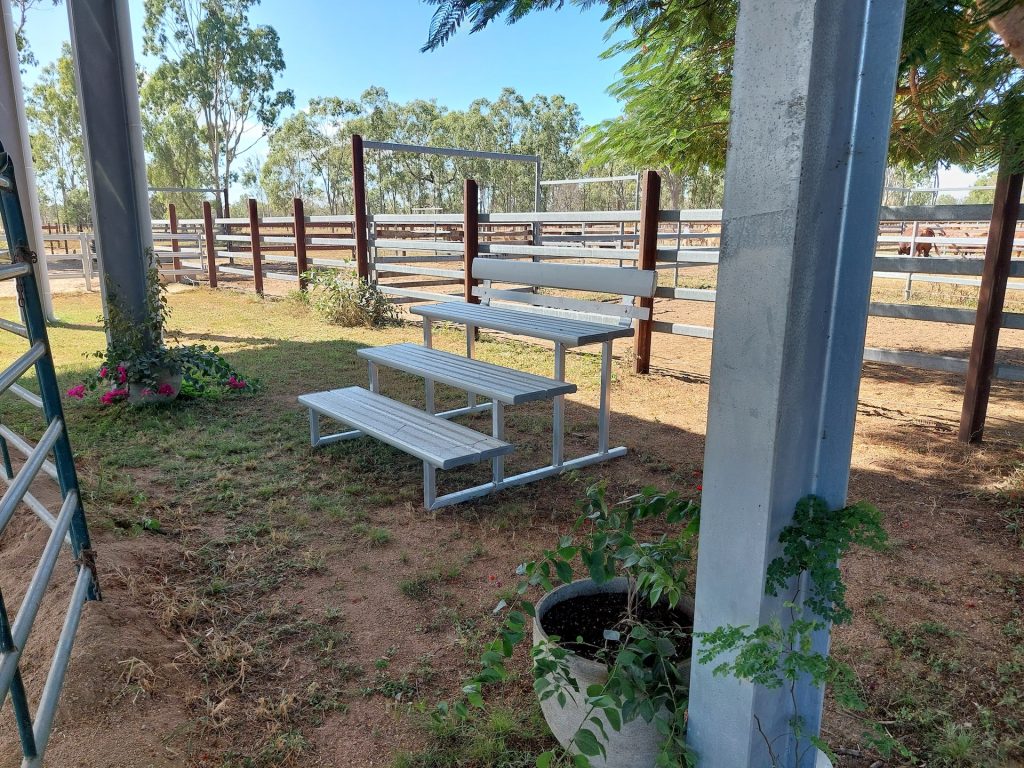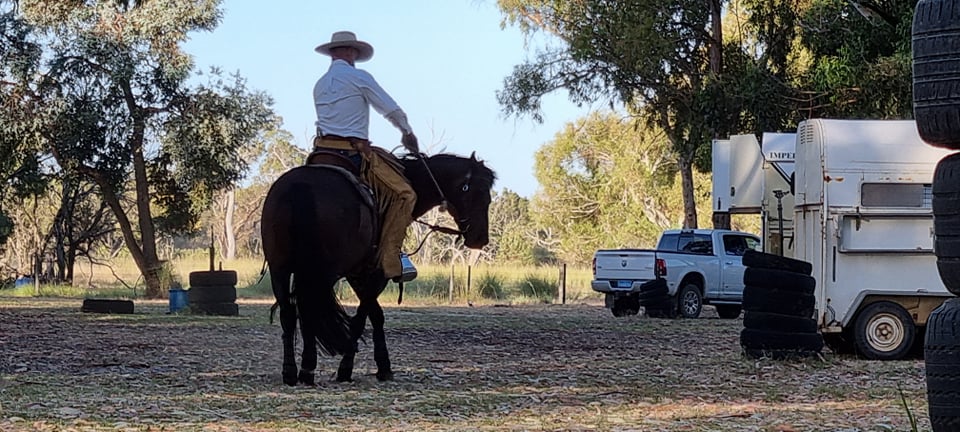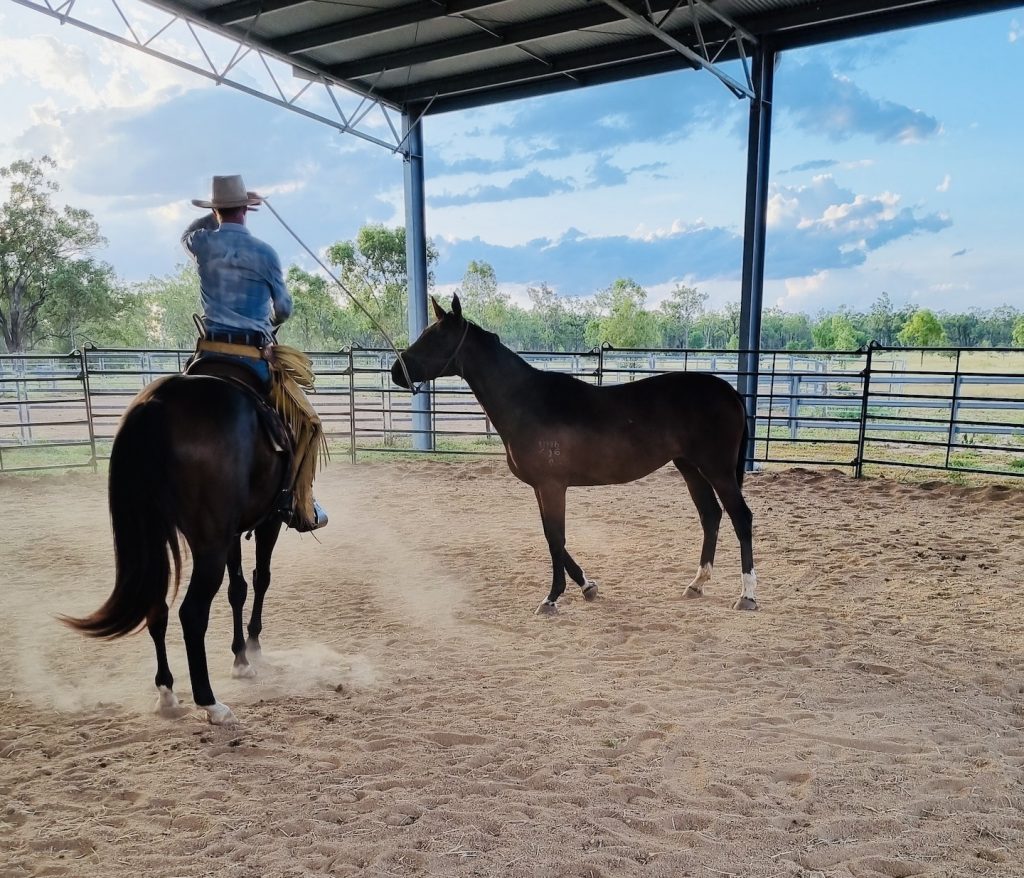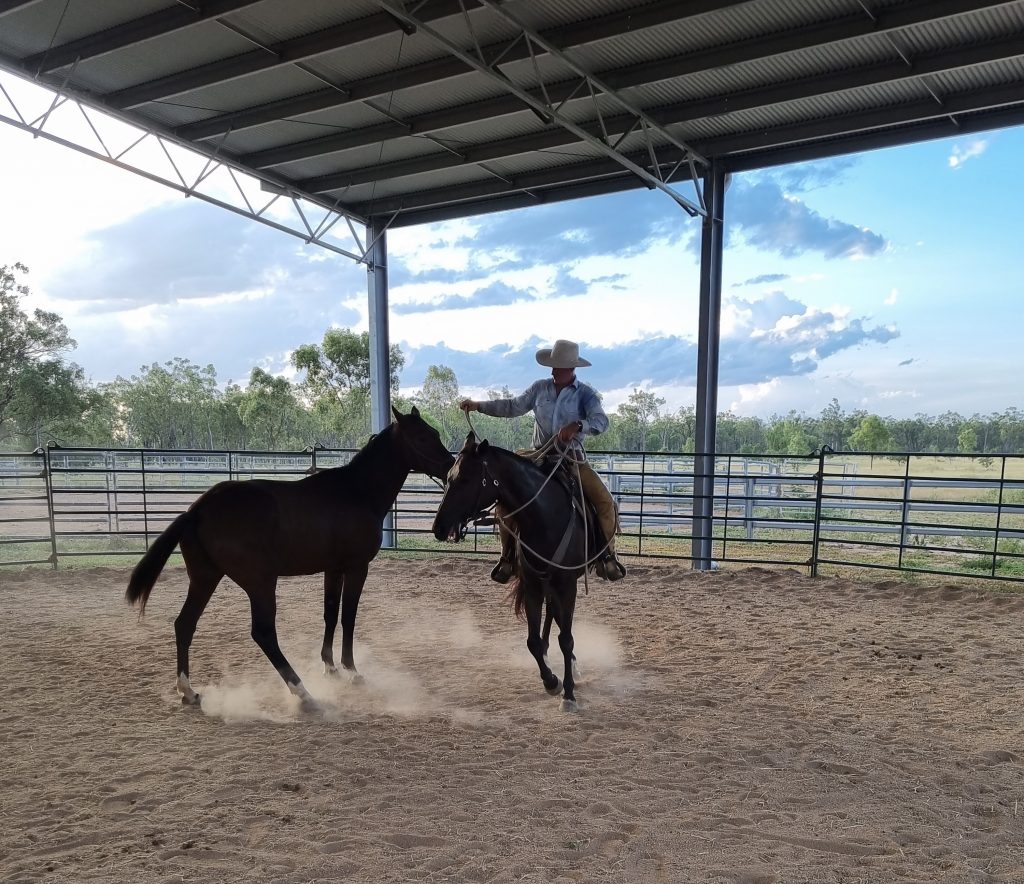![]() I had always thought that an Australian winter in Central Queensland was a little similar to a U.K. summer. From what I am seeing this year in the U.K. that is probably not the case. It looks like it maybe the start of an Indian summer for the U.K.
I had always thought that an Australian winter in Central Queensland was a little similar to a U.K. summer. From what I am seeing this year in the U.K. that is probably not the case. It looks like it maybe the start of an Indian summer for the U.K.
Whats been going on: Since my last blog we have had a home course with another scheduled for mid October. Horses continue to arrive for starting and return to their homes. This coming weekend we have a virtual course in the New Forrest in the U.K. at the home of Kate McMorris and Steve Parley . Kate is riding her horse Marilyn from John o’Groats to Lands End in the U.K. a distance of 1407 km, she is now nearing completion of this ride. You can follow Kate’s adventures and donate to her chosen charity on Facebook. The course schedule has had a few more courses added and continues to be updated with new upcoming courses.
Horsemanship: I have written a horsemanship article below, happy reading.
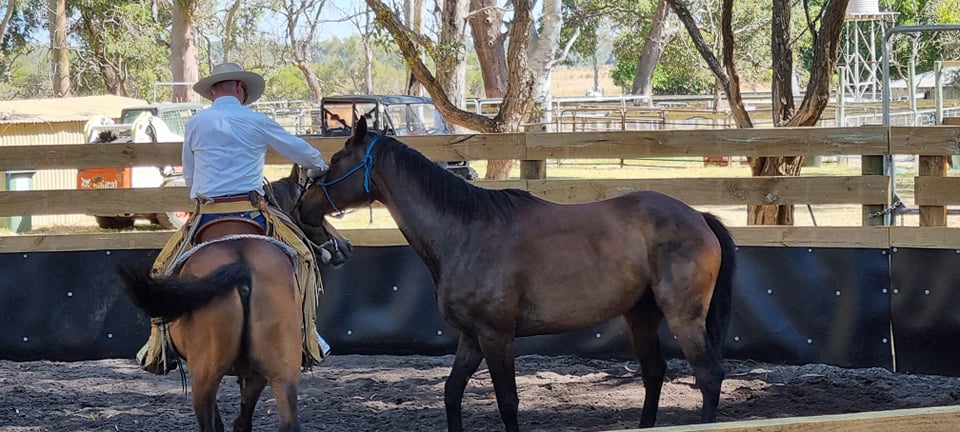
![]() Recently in a conversation we were discussing, “The Road To Success, ” everyone has their own definition for this. What I found interesting was that this person who coached sport said that to improve their skills they did not take well meaning advice from those at the pub or coffee shop, they went to those that were attendees at a sporting academy or were ” further along the chosen road. ” This can be applied too many other activities as well, success leaves a trail. ( Sometimes you never know who you may be speaking to at the pub to I guess.)
Recently in a conversation we were discussing, “The Road To Success, ” everyone has their own definition for this. What I found interesting was that this person who coached sport said that to improve their skills they did not take well meaning advice from those at the pub or coffee shop, they went to those that were attendees at a sporting academy or were ” further along the chosen road. ” This can be applied too many other activities as well, success leaves a trail. ( Sometimes you never know who you may be speaking to at the pub to I guess.)
In a recent video presentation, I made reference that for many, time and knowledge is a challenge. A genuine desire to want to improve, in this case their horsemanship is essential. If the desire is not strong you are not going to want to get out of bed to go and ride your horse on a cold winters or a warm summer day.
Over the years of teaching, which I think are now around 30. I have observed that those that make a commitment to improving their knowledge and understanding, given time make progress and have nice riding horses. A commitment to continuing to improve our knowledge and understanding and ” Polishing the Stone,” creates better saddle horses.
While the above writings are not new or perhaps not directly horsemanship related. They do reflect the reality of many of us.


